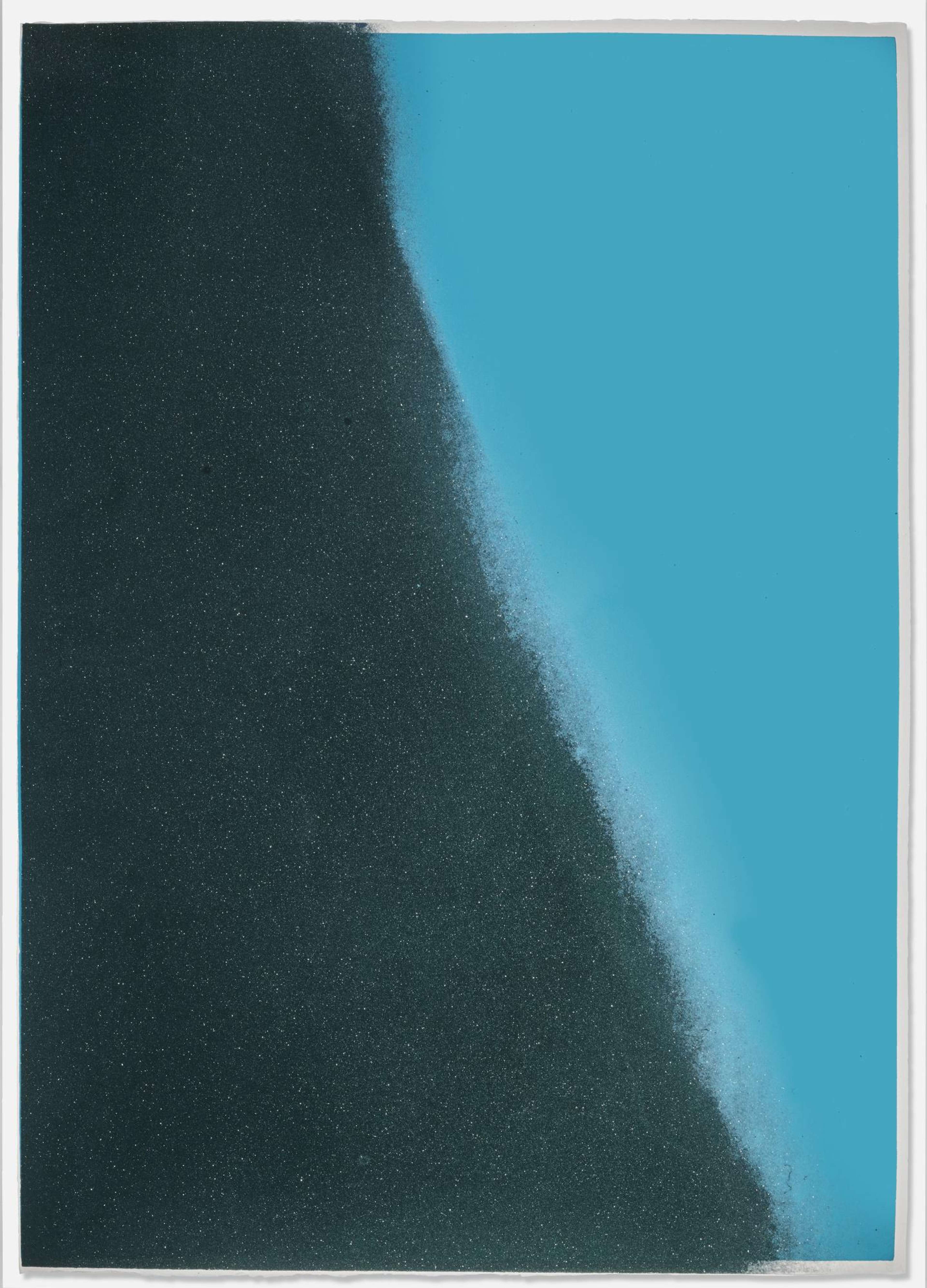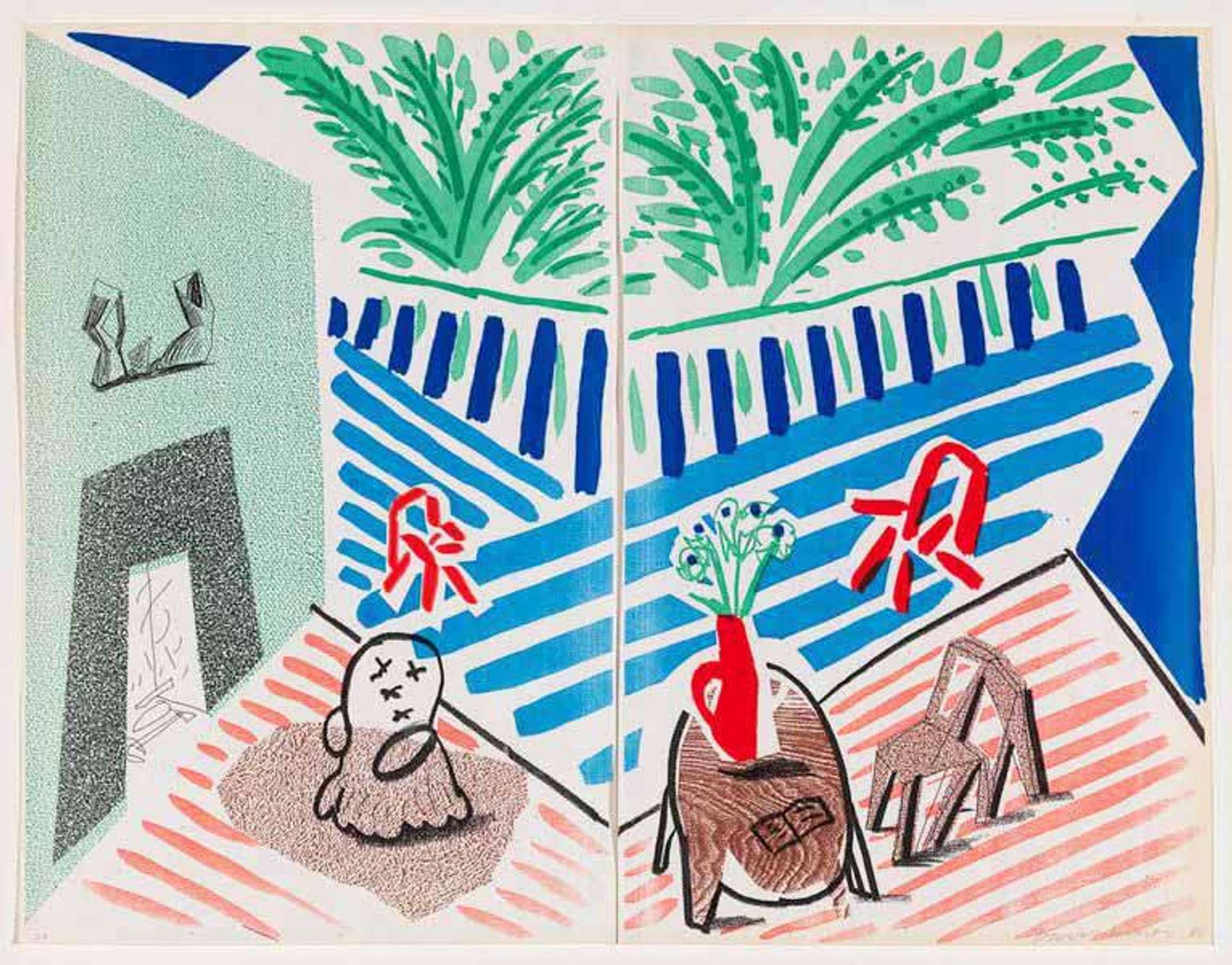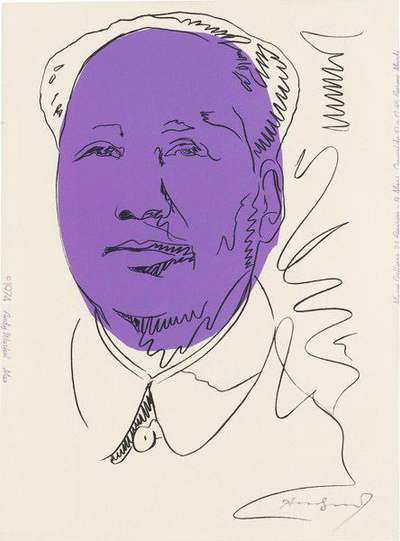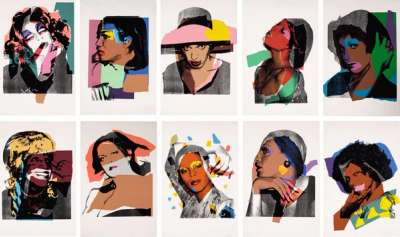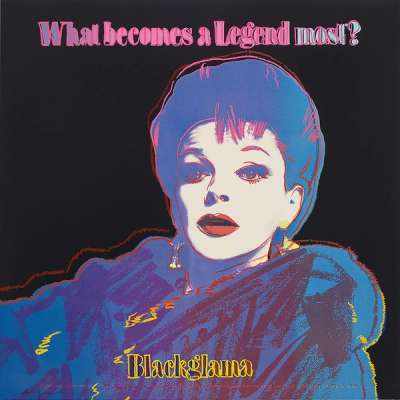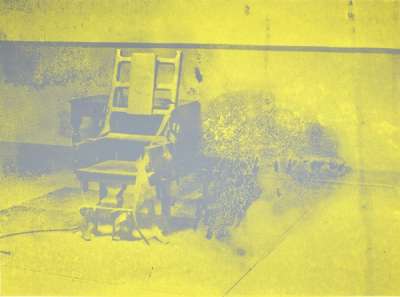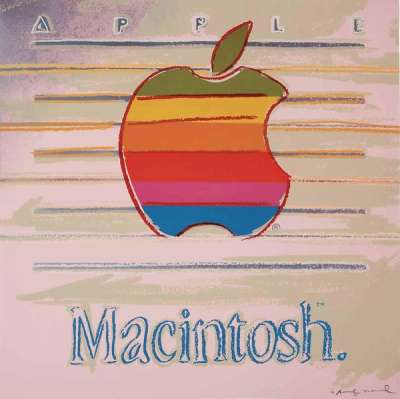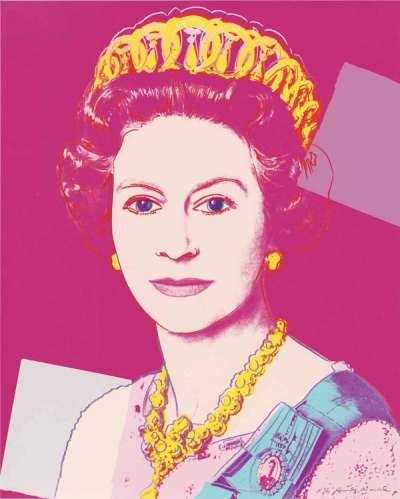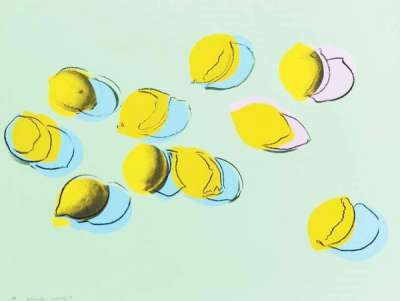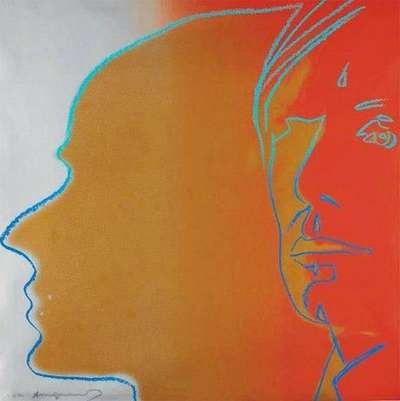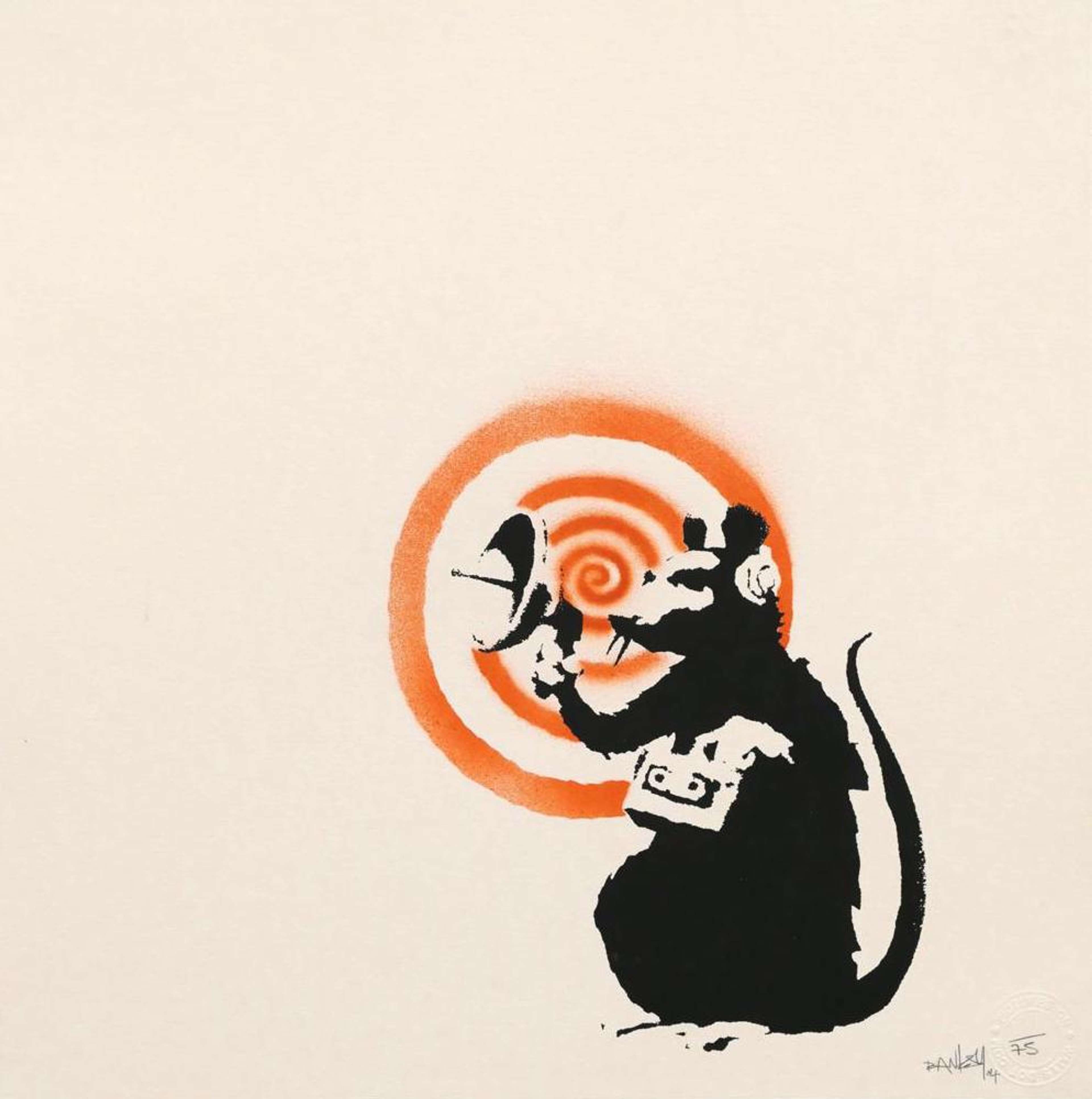What Does Andy Warhol Have to do With the New York Times vs. Open AI Lawsuit?

 Youtube © Animated Science / Andy Warhol and his Amiga 1000 Computer on exhibition in Rome
Youtube © Animated Science / Andy Warhol and his Amiga 1000 Computer on exhibition in Rome
Andy Warhol
480 works
If there is one thing most Andy Warhol experts agree on, it is that the artist would have loved recent technological developments such as the advent of social media and generative AI. Notorious for his groundbreaking attitude to technology and the replication and repurposing of images, Warhol’s approach to art remains as relevant as ever. A subject of discussion since at least the Cowboys and Indians series of 1986, Warhol’s place within the legal frameworks of copyright has been debated as late as the Spring of 2023. Now, the legal precedents from that case are set to determine the future of generative AI softwares such as Microsoft’s ChatGPT.
A Brief History of Fair Use
The concept of fair use in copyright law has evolved significantly over time, reflecting changes in technology, society, and the way we interact with media. Its roots can be traced back to the early 18th century, when the English courts began to recognise certain limitations to copyright in specific cases, such as for criticism or news reporting. This was a fundamental shift from the original, more rigid interpretations of copyright, which were primarily aimed at protecting the rights of authors and publishers. However, it was not until the 19th century that the principles of fair use started to be more formally articulated and codified in legal doctrine, both in the United Kingdom and the United States.
In the United States, the legal framework for fair use was established with the Copyright Act of 1976. This act defined Fair Use as a balancing act between the copyright holder’s interests and the public’s interest in the wider dissemination of knowledge and culture. The act outlined four factors to be considered in determining whether a use is fair: the purpose and character of the use, the nature of the copyrighted work, the amount and substantiality of the portion used, and the effect of the use on the market for or value of the copyrighted work. These guidelines were intentionally left broad to allow for flexibility and adaptability to different contexts and technologies.
Unsurprisingly, the digital era has brought new challenges and complexities to the concept of fair use. The advent of the internet, digital media and technologies like file sharing, AI and streaming have significantly altered how content is created, distributed and consumed. This has led to landmark legal cases that have further shaped and refined the application of fair use, taking into account the nuances of digital media. As a result, fair use continues to be a dynamic and evolving area of law, adapting to the ever-changing landscape of media and technology, and playing a crucial role in balancing the rights of creators with public interest in accessing and using copyrighted materials.
The New York Times vs. Open AI December 2023 Lawsuit
In the last week of December 2023, the New York Times filed a lawsuit against Microsoft and OpenAI, the creators of ChatGPT. The Times alleges that the tech companies have used “millions” of its articles in order to develop and train their generative AI software – which works by scanning the internet for text, acquiring an understanding of the relationships between words and concepts and learning to anticipate the subsequent word in a sentence, thereby enabling them to emulate human writing and speech. A large concern for organisations such as the Times is that these softwares may become top competitors, providing potential readers with answers from their reporting without proper acknowledgement. This is especially true within search engine settings: “If, when someone searches online, they are served a paragraph-long answer from an AI tool that refashions reporting from the Times, the need to visit the publisher’s website is greatly diminished.” While many other media organisations are currently in negotiations with tech companies about compensation, the Times has reportedly refused to do so. If a judge rules in the Times’ favour, ChatGPT will likely be forced to destroy its dataset and rebuild using only content that has been deemed Fair Use.
The suit is just the latest in several, as society – particularly creatives – comes to terms with the rapidly growing technology. While supporters of the suits argue that tech companies have denied creators appropriate compensation, others point to the fact that OpenAI has already engaged in deals with several other news companies, including the Associated Press. The decisions made in the Times case look set to shape the future of media and AI for decades to come.
But what exactly does this have to do with Warhol, who has been dead since 1987?
Warhol and the Question of Fair Use
Warhol's creative approach has sparked significant discussion among art enthusiasts for as long as the artist has been known. Widely revered for his bold imagery and role in developing Pop Art, Warhol often repurposed existing images from popular culture, recontextualising them within his unique visual framework. This has not been without controversy, as critics have often raised questions about originality and the artist's role in society when it comes to image appropriation. Warhol’s John Wayne images from the 1987 Cowboys and Indian series is an early example of this contentious aspect of his work; featuring an image of the iconic American actor, his family sued the artist for copyright infringement. In another instance, in 2013 a Vancouver-based art dealer tried to sue the Andy Warhol Foundation for the Visual Arts for a series of polaroids the artist took of hockey star Wayne Gretzky.
Warhol's method of transforming well-known images has often blurred the lines between artistic innovation and mere replication, challenging traditional notions of creativity. This continues to be a subject of debate, reflecting the enduring complexity and ambiguity in interpreting Warhol's legacy. In May 2023, the United States Supreme Court finally settled a suit initiated by famed celebrity photographer Lynn Goldsmith against the Warhol Estate – likely setting a precedent for the NYT vs. OpenAI suit. The copyright battle, which lasted several years, stemmed from Warhol’s 1984 use of an image of the artist Prince originally taken by Goldsmith in 1981. The photographer only became aware of Warhol’s appropriation in 2016, after seeing it on the cover of Vanity Fair, and initiated legal proceedings in 2017. After many twists and turns that aimed to address whether Warhol’s changes were Transformative enough to constitute Fair Use, the courts ruled against the Andy Warhol Foundation.
The ruling has often been criticised, with experts such as Richard Meyer pointing out that “throughout his career, the artist was concerned not with copyright but with the right to copy, which he saw both as a creative method and a design for living.” Key to the Supreme Court’s decision was the fact that both Warhol and Goldsmith were selling to magazines, meaning the purpose of the images was not sufficiently different to constitute transformative use. This distinction seems set to impact the Times vs. OpenAI suit.
Appropriation in Contemporary Society: Where to Next?
Since Warhol’s time, contemporary art has seen a surge in the practice of appropriation as artists deliberately incorporate or replicate existing images, objects and ideas from popular culture or other artworks into their creations. Although artists such as Roy Lichtenstein have utilised this methodology since the mid-20th century, this has increasingly become a focal point for both acclaim and controversy. Notable contemporary artists like Barbara Kruger, Jeff Koons and Richard Prince have frequently utilised appropriation in their work, often leading to heated debates over originality, copyright and artistic expression. Kruger is renowned for her bold, text-layered collages often repurposing commercial imagery to critique consumerism and gender roles. Koons, on the other hand, has faced legal challenges for his recontextualisation of mundane objects and popular media imagery in high art settings, blurring the boundaries between kitsch and fine art. Prince’s work – particularly his recent use of Instagram photos without explicit permission – has further ignited the debate. His involvement in ongoing copyright infringement cases highlights the contentious nature of appropriation in the digital age, where the ease of accessing and reproducing images online complicates traditional notions of copyright and ownership.
The approach championed by Warhol, characterised by the replication and alteration of recognisable imagery from consumer and media culture, has only gained more traction since his death and laid the groundwork for contemporary appropriation artists. His legacy lives on in the way modern creatives challenge and transform pre-existing content, continually pushing the boundaries of what is considered original. It is now set to change the way our world engages with any sort of content, as evidenced by the New York Times vs. OpenAI lawsuit. It underscores a fundamental shift in contemporary society, where appropriation is not only a method of creation but also a form of commentary on the interconnectedness of culture, media and artistic expression in the modern world. It remains to be seen when and how we draw the line between this and plagiarism.

